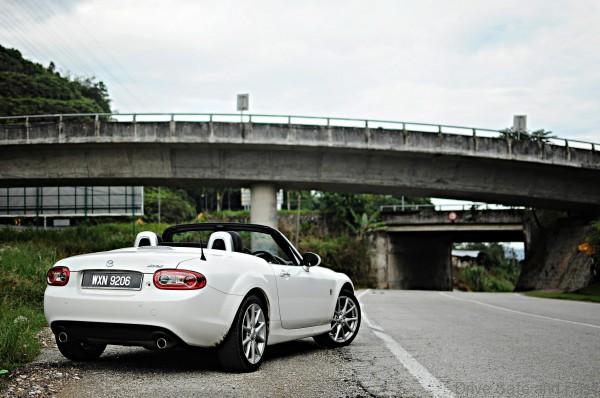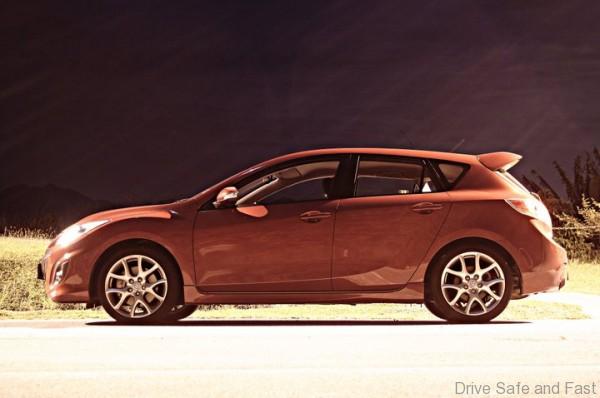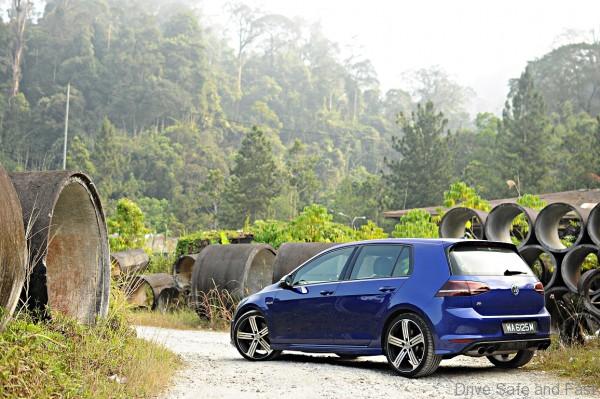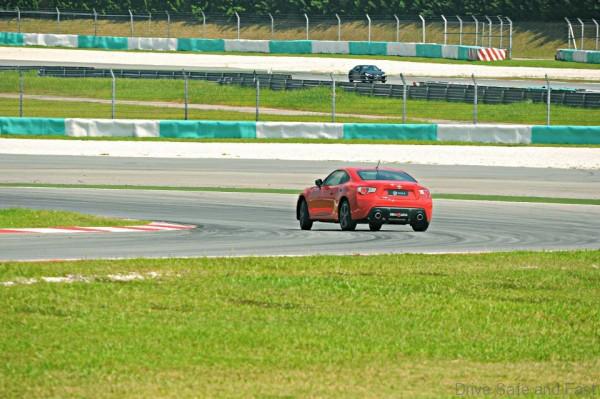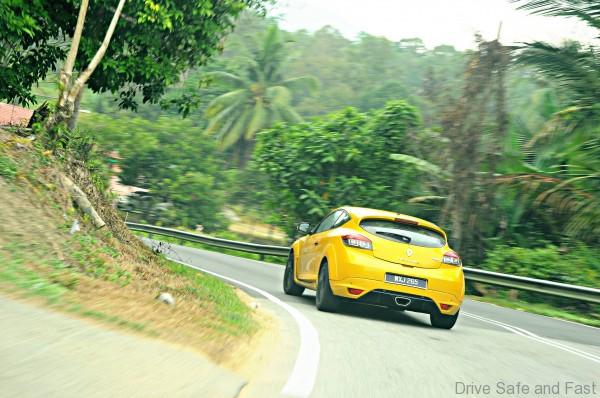The term pops up from time to time, as manufacturers like to describe their more performance oriented models as being “driver’s cars”. But that in itself can be difficult to define, and in some cases the models fall short on the claims of a manufacturer, despite their best efforts. It’s the result of compromise and trying to pander to a larger market, and unfortunately driving enthusiasts make up a despairingly small percent of car buyers.
Let’s dispel a few notions. A driver’s car doesn’t necessarily have to have a lot of power. The MX-5 is the perfect example of this, as it doesn’t come with a heapload of power or torque out of the box. In fact, an MX-5 is likely to get outgunned in a straight line than even a basic family sedan. But it’s the way it handles in the corners, the balance of the car as you approach the limit, that makes the MX-5 so appealing.
It isn’t the suspension or the tyres or the engine that makes a driver’s car, but rather the balance of the car and how each component ties together. Some cars have plenty of power, but lack the finesse in other departments to make them more manageable on the limit. The Mazda 3 MPS exemplifies this by being startling quick in a straight line, but difficult to wrangle through the twisties. It is, rather ironically, an almost direct opposite to the MX-5.
As mentioned in our review of the Golf R, what is important is how a car reacts as it approaches the limit of grip. A good driver’s car will work with you, making you feel that you’re in control of it instead of fighting it at every step. Then there are the cars feel great as you work with them and push them towards their limits, but only disappoint you when they become more difficult to control.
On the other hand, some cars are easy to dismiss as being loose or unwieldy as you slowly bring them up to speed. It is only on the very ragged edge of grip where they start to shine; cars like the Subaru WRX STi only begin to feel lively and sharp at this point, so they may be overlooked as a potential option. The responsiveness of the steering and throttle determine whether a driver can accurately control a car on the limit or not- making them especially important areas for a manufacturer to focus on.
If there’s one more thing to consider, it would be that driver aids are generally antithetical to drivers cars. The Toyota 86 displays this perfectly: even with all the systems off, it is so balanced and easy to control on the limit that one would be hard pressed to lose control of one. It does this without any of the trickery of electronics, purely a result of good engineering and a lack of compromise. Electronic aids and compromised handling have conspired against the driver’s car, making it more difficult to discern which cars are still enjoyable on the limit.
There are cars in every segment of the market that display superlative driving qualities when pit against their peers, but only a select few cars provide a feeling of balance- and these truly are driver’s cars. They turn well, they stop well, they respond well to inputs even as you approach the limit; once you get hooked on the feeling of control, it can be uninspiring to drive cars that deliver anything less.


